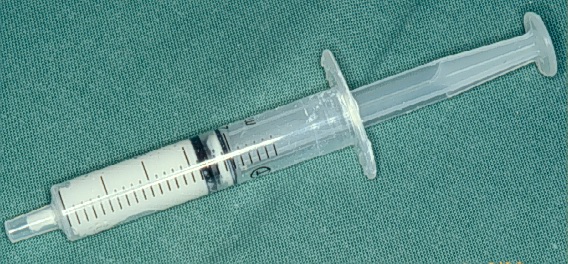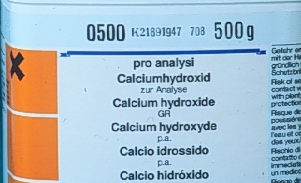Local medicaments




Local medicaments are used in the treatment of apical periodontitis between appointments to eliminate the residual microbes that escape the effect of chemomechanical preparation.
Calcium hydroxide is the drug of choice in primary treatments because of its excellent clinical record. It ensures a bacteria-free canal in one week in most cases, it is non-allergenic and non-toxic, it keeps its antibacterial efficacy for a long time, and it is easy to apply to the canal. It is usually placed with a lentulo in a slow contra-angle or packed dry into the canal with reamers. Recently it has been suggested that in retreatments the role of calcium hydroxide probably should be re-evaluated. However, not enough is known yet of other possible medicaments for retreatments.
Iodine compounds such as iodine potassium iodide have also been used as canal disinfectants. The are quite effective against enterococcus that is frequently found in retreatments but their inactivation in the root canal may be a problem. Iodine compounds are also potentially allergenic and may cause even severe allergic reactions in sensitized patients.
Chlorhexidine gluconate has also been used as a local medicament between appointments in endodontic treatment, but not much information is available of its clinical performance in the treatment of apical periodontitis.
Different phenolic compounds (such as CMCP) have been used in many countries as disinfecting agents. However, in primary treatments they are inferior to calcium hydroxide and their use has been reduced. Compounds in this group are potentially toxic.